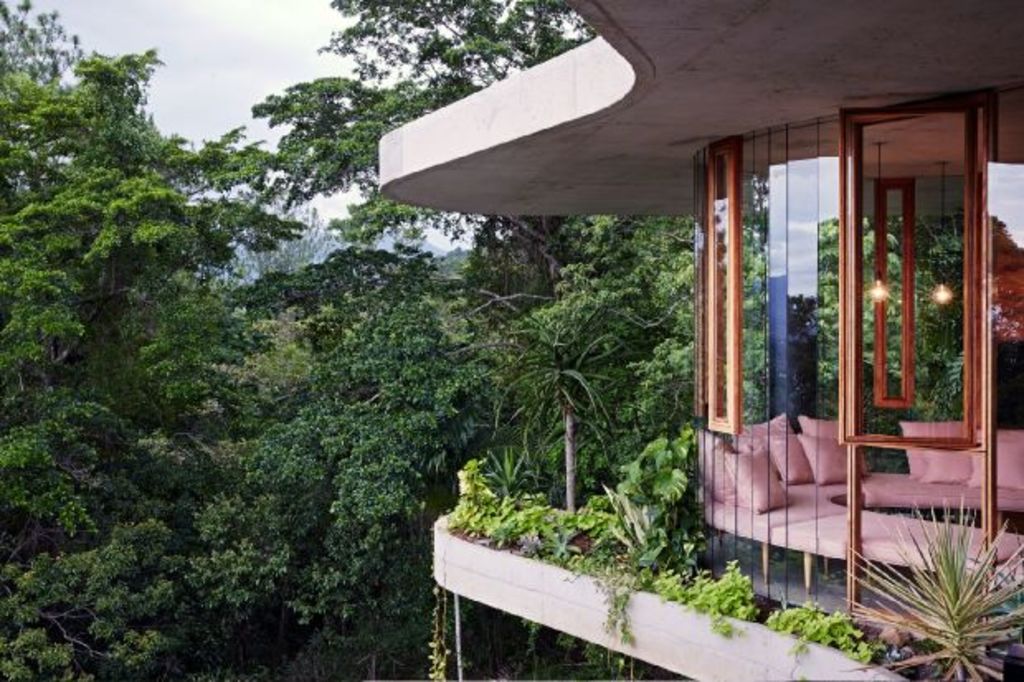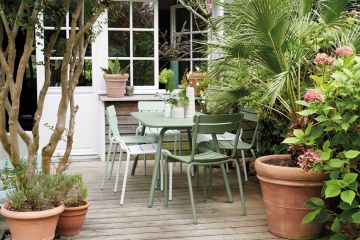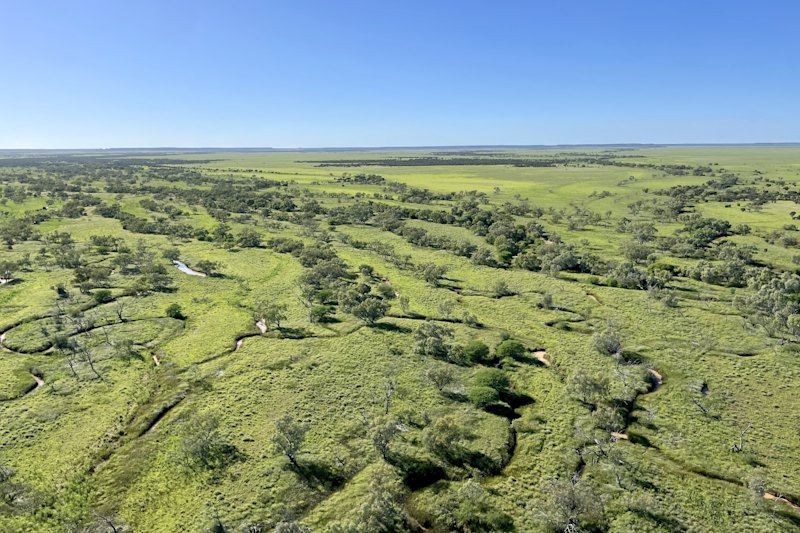What Australian homes will soon look like: Architecture trends for 2018

Architecture is constantly evolving based on changes to our culture, society and the environment. While this evolution doesn’t follow a strict calendar, each year brings about new trends that inspire the shapes, materials and colours seen in our homes.
Speaking to architects about the year ahead reveals five key looks set to impact the Australian home market in 2018.
With a focus on organic shapes and eco-friendly designs, this year’s trends might not just be passing fads, but those capable of standing the test of time.
1. Circles and curves
 The Planchonella House by Jesse Bennett Studio. Photo: Sean Fennessy
The Planchonella House by Jesse Bennett Studio. Photo: Sean Fennessy
The use of curves on home facades has been adopted by some of Australia’s best residential architects in recent years and is now filtering into the mainstream market.
Styles in this realm are designed to maximise space on tight sites and integrate seamlessly into their surrounding environment.
There is also a growing resurgence of entirely circular homes. This style of home takes inspiration from indigenous architectural styles from around the world such as yurts, huts and igloos that were deliberately round to save resources and time.
Australian architects who are leading the way in this space include Jesse Bennett Studio, Tandem and Austin Maynard Architects (see the recently completed King Bill house and the under construction St Andrews Beach House).
- Related: Removing this feature created a winning backyard
- Related: The transformation of a ‘poorly planned’ home
- Related: The project that challenges what a house might be
2. Above-ground pools
 The Perimeter House by Make Architecture. Photo: Peter Bennetts
The Perimeter House by Make Architecture. Photo: Peter Bennetts
Visit a recently-built city house in the $3 million-plus range and you will likely find an above-ground swimming pool that appears more decorative than practical.
Often not much larger than an inflatable model, these pools are mainly designed to provide a view of water from a home’s kitchen or living area. While some are capable of swimming laps in, others are only waist-deep and are better enjoyed by children (or adults with a cocktail in hand).
In Australia, this style of pool is most popular in Melbourne where block sizes are tight, land is expensive and year-round outdoor swimming is not an option.
3. Natural materials
 The eco-friendly prefab Portsea House by Archiblox. Photo: Tatjana Plitt
The eco-friendly prefab Portsea House by Archiblox. Photo: Tatjana Plitt
In 2018, the formerly popular industrial aesthetic is being replaced with a look that favours natural materials and colours.
Instead of glass and metal cladding, Chris Stribley, managing principal of Cera Stribley Architects, says clients are seeking out concrete, exposed hand-crafted brickwork, rammed earth and timbers to bring warmth and texture into their homes.
“There is a timelessness about using natural materials. The way they weather, age and change over time means buildings can look different many years later from when they are first built,” Stribley says.
“It is instinctual for us to want to be surrounded by nature and materials that reflect nature. The more industrial aesthetic is quite hard and doesn’t often wear well or soften over time.”
This preference for natural material also feeds into the rise of eco-friendly homes with passive solar design, low VOC products and hypoallergenic insulations.
“We think this desire for more natural materials is derived from a more eco-conscious client base who are striving for a healthy home,” Stribley says.
“In additional to these now staple requirements, we believe that we are about to see a rise in natural [cleaning system] pools and a revival of consumer solar panels.”
4. Small designs
 The Clara tiny house by Getaway. Photo: TheBearwalk.com
The Clara tiny house by Getaway. Photo: TheBearwalk.com
Sky-high land prices and the environmental impact of large houses is inspiring a movement towards smaller homes with hard-working designs.
“People now want simplification of spaces, but without comprise to their quality of life. This means that builds will need to consider the multi-use of space and ease of living in all aspects of design,” says Bill McCorkell, architect and director of Archiblox.
“The rise of ridiculously high energy bills will drive a need for people in a position to build wanting to get ‘off grid’ and live a more self-sustainable way of life.”
The popularity of tiny houses, micro-apartments, co-housing and multi-generational housing in the media all show the growing interest in this lifestyle. McCorkell describes the trend as “designing big, but building small”.
“With so many people locked out of the housing market, we need to find cheaper ways to accommodate people, and a great way to do it is to build less,” says architect David Welsh, principal of Welsh + Major.
“It can’t just be a trend. We need to build more housing, more responsibly. Smaller, cheaper, environmentally responsible housing needs to be unlocked and delivered.”
5. Prep kitchens

Homeowners are embracing the concept of hidden “prep kitchens“. 15 Mulga Street, O’Connor. Photo: Supplied
After years of kitchens being placed at the centre of open-plan living areas, more homeowners are embracing the concept of hidden “prep kitchens“.
Prep kitchens are a separate room off a home’s main kitchen that allows for food preparation, appliance use, rubbish collection and dishwashing to occur out of sight.
For those with the space, these rooms offer an easy way for homeowners to entertain guests or family around the kitchen without having to worry about mess or clutter. It also enables the “on display” kitchen area to be more minimal in its design.
We recommend
We thought you might like
States
Capital Cities
Capital Cities - Rentals
Popular Areas
Allhomes
More







